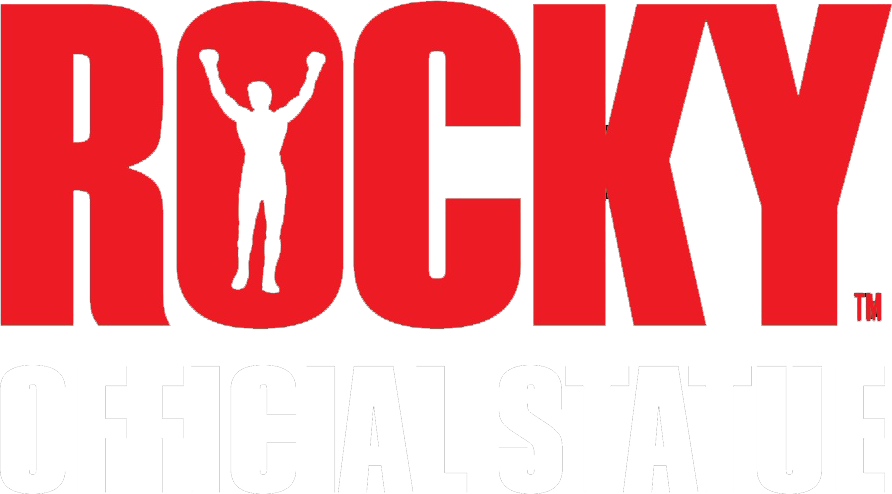Ever wonder how the ROCKY Statue was created?
The original, monumental ROCKY Statue was made using several intricate and specific steps.
The ROCKY statue began as a two-foot-tall maquette, created by sculptor, A. Thomas Schomberg, with the input of Sylvester Stallone. It was refined and then used to create a much larger eight-foot-tall model in clay. From that larger model, the monumental ROCKY Statue was ready to be cast - in pieces - using the “lost wax” process. Once the pieces were cast in bronze, they were welded back together and patinaed and polished to be used in the Rocky and Creed films. (In fact, the monumental ROCKY Statue is an edition of three, all of which have been cast and the original molds destroyed.)
So, what is the “lost wax” process? Also known as investment casting, it is a metal casting process in which a wax model is created and then encased in a mold. The wax is then melted out, leaving a cavity in the mold. Molten metal is poured into the mold, filling the cavity and creating a metal casting that is an exact replica of the wax model.
The lost wax process can be divided into the following steps:
Creating the model: The first step is to create a model of the desired object. (If the original model is in clay, a subsequent wax model is created.)
Making the mold: The model is then encased in a mold. The mold is typically made of a material that can withstand high temperatures, such as plaster or sand.
Melting the wax: The wax is then melted out of the mold. This can be done by heating the mold or by using a vacuum to draw the wax out.
Pouring the metal: Molten metal is then poured into the mold. The metal will fill the cavity left by the wax and create a metal casting that is an exact replica of the wax model.
Removing the casting: Once the metal has cooled, the mold can be removed. The casting may then need to be cleaned and polished.
But the most interesting fact is that the lost wax process has been used since ancient times to create a wide variety of metal objects. It’s a versatile and precise method of metal casting that’s still used today in a variety of industries, including, of course, creating sculptures!
